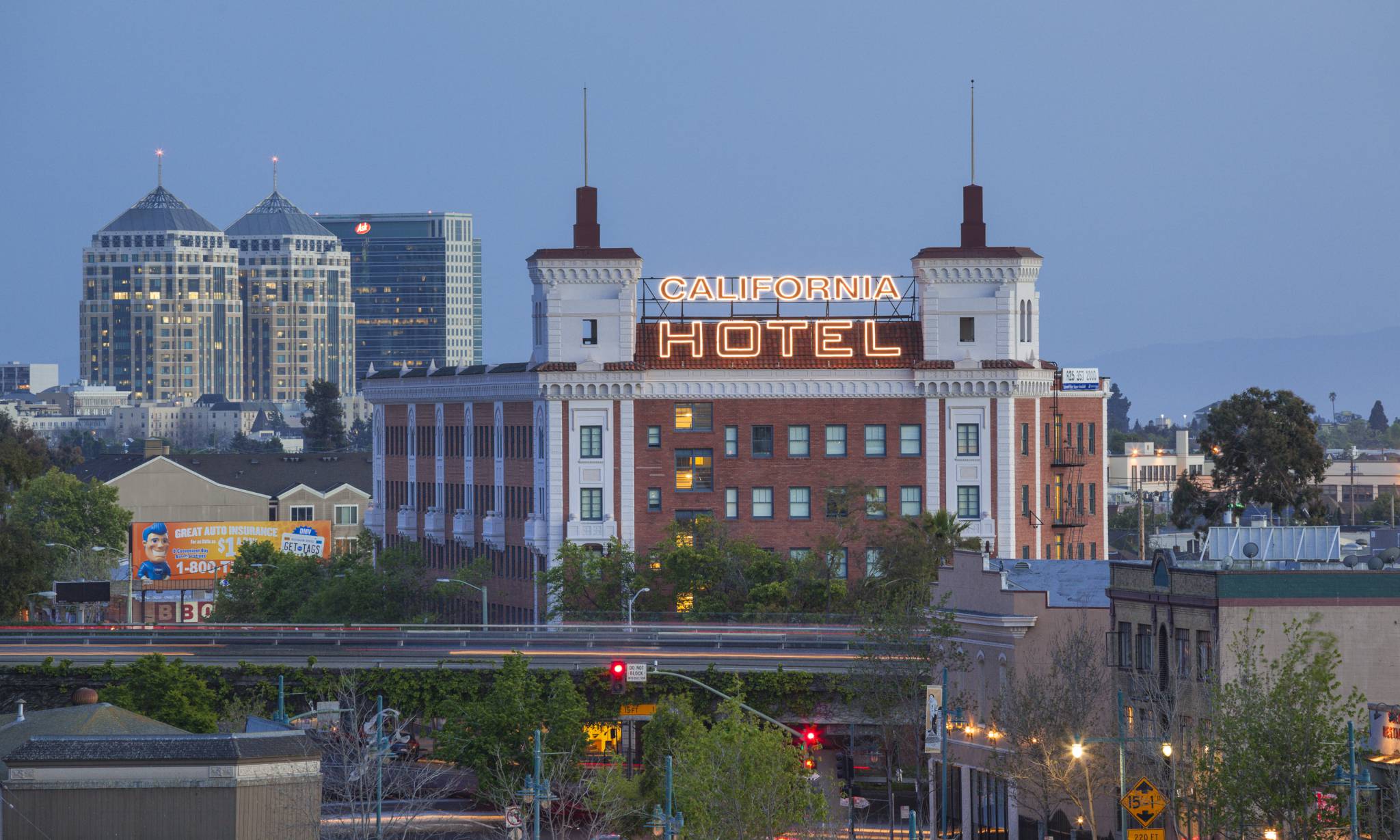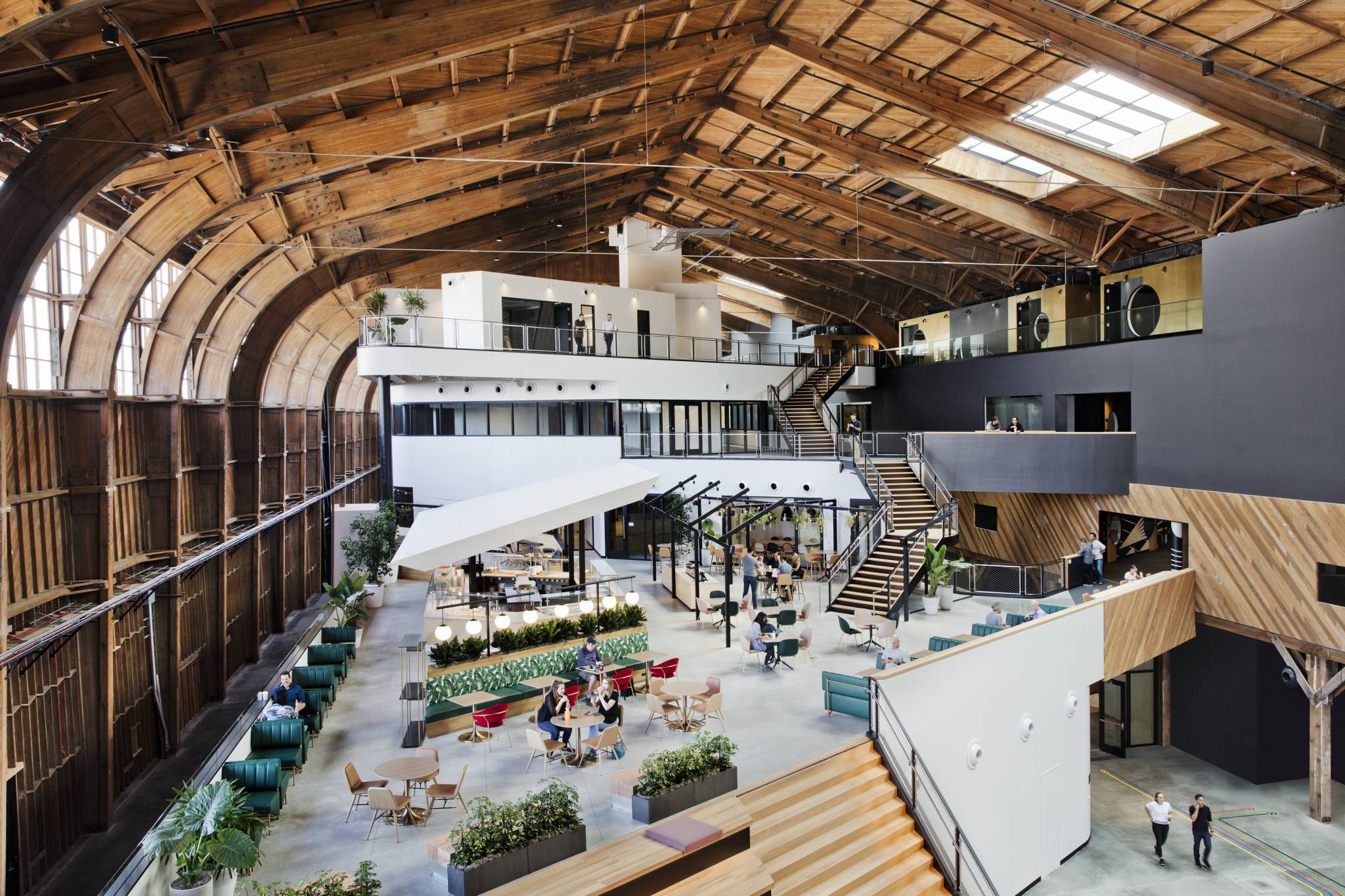Effective Community Advocacy
About CPF and the Awards
The California Preservation Awards are a statewide hallmark, showcasing the best in historic preservation. The awards ceremony includes the presentation of the Preservation Design Awards and the President’s Awards, bringing together hundreds of people each year to share and celebrate excellence in preservation.
The California Preservation Foundation (CPF), a 501c3 nonprofit, was incorporated in 1978. We now support a national network of more than 36,000 members and supporters. Click here to learn how you can become a member.
Get CPF updates
Sign up below to receive advocacy alerts and updates from CPF.
“Never doubt that a small group of thoughtful, committed citizens can change the world. Indeed, it’s the only thing that ever has.”
– Margaret Mead
I have always been impressed by the ability of individuals to identify a need in their community and advocate for years to address it. As CPF’s former Field Services Director, I traveled throughout California and spoke at public meetings and with community organizations and individuals to assist with local advocacy efforts to preserve California’s cultural resources.
Advocacy is an important part of historic preservation. It is sometimes the only way to bring awareness of community concerns to local decision makers and citizens alike. But many individuals and organizations don’t know where to begin. They often ask how to effectively advocate saving our cultural resources. There is not one answer but many. The ways in which we advocate are as diverse as the resources themselves and are ever evolving.
In 1853, a mother wrote a letter to her daughter about her concern with the state of disrepair of George Washington’s home, Mount Vernon. This daughter, Ann Pamela Cunningham, would lead the charge to form the Mount Vernon Ladies’ Association, the first national preservation organization, with a mission to save Washington’s home. The Association raised $200,000, over $6 million today, through a national fundraising campaign to purchase the property, and then raised additional funds to repair the home. While advocacy efforts do not always end in the purchase of the resource, fundraising is still an important part of a successful advocacy effort, along with community education and building public and political support.
Today’s advocacy efforts involve preserving tangible and intangible resources in a variety of ways. From policy action at the local, state and national government to the conservation of a specific resource, all advocacy begins with the main question: Why is this important? Making the case for why others should get involved includes developing and spreading the message in a strategic way.
The California Preservation Foundation works alongside advocates from across the state, and with our state and national legislators to promote preservation. They are currently working on a State Historic Tax Credit bill that will spur investment and rehabilitation of historic properties. Working with partners from local organizations across California, as well the National Trust for Historic Preservation, they are highlighting the impact of tax credits and making the case for this important bill.
Next week, you can join colleagues for a webinar to learn more about Effective Community Advocacy, where you will hear from Adrian Scott Fine, Director of Advocacy at the Los Angeles Conservancy and Erin Gettis, Bureau Chief, Planning & Development, Riverside County Park and Open Space District and former Historic Preservation Officer for the City of Riverside. You will learn through specific case studies about the role the California Environmental Quality Act (CEQA) plays in the advocacy process and the importance of developing inclusive historic contexts that represent California’s diverse people and places. Tune in to explore lessons learned from past advocacy efforts, and ideas for future advocacy endeavors. Click here to register now.
Planning & Zoning – Part 2: Effective Community Advocacy
Tuesday July 16, 2019 | 12:00 – 1:30 PM
Hear about the successes and losses and learned from the experiences from individual effort to preservation organization led efforts. You will also hear from city staff on not just how to effectively advocate and participate in a discretionary process, but also about advocacy efforts undertaken by cities. The presenters will address the role that individuals, advocacy groups and governments play in their communities and consider ways the role has changed or needs to change.
Speakers
- Adrian Scott Fine, Director of Advocacy, Los Angeles Conservancy
- Erin Gettis, Bureau Chief, Planning & Development, Riverside County Park and Open Space District.
Photo Credits
Header image © Joanne C Sullivan – Flickr.com


